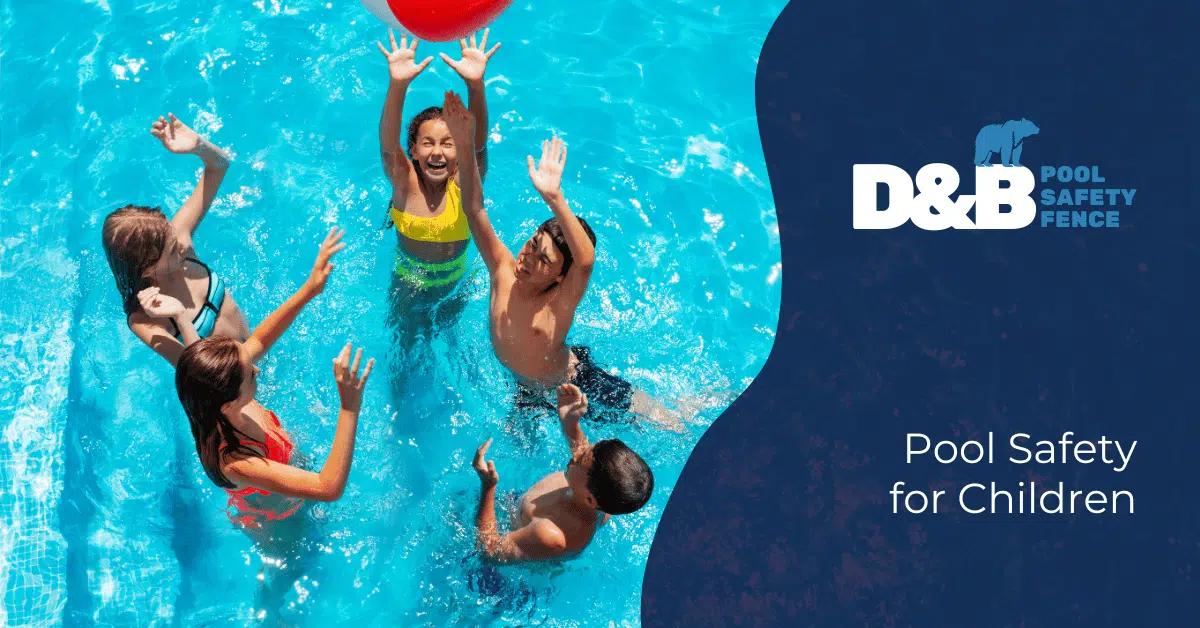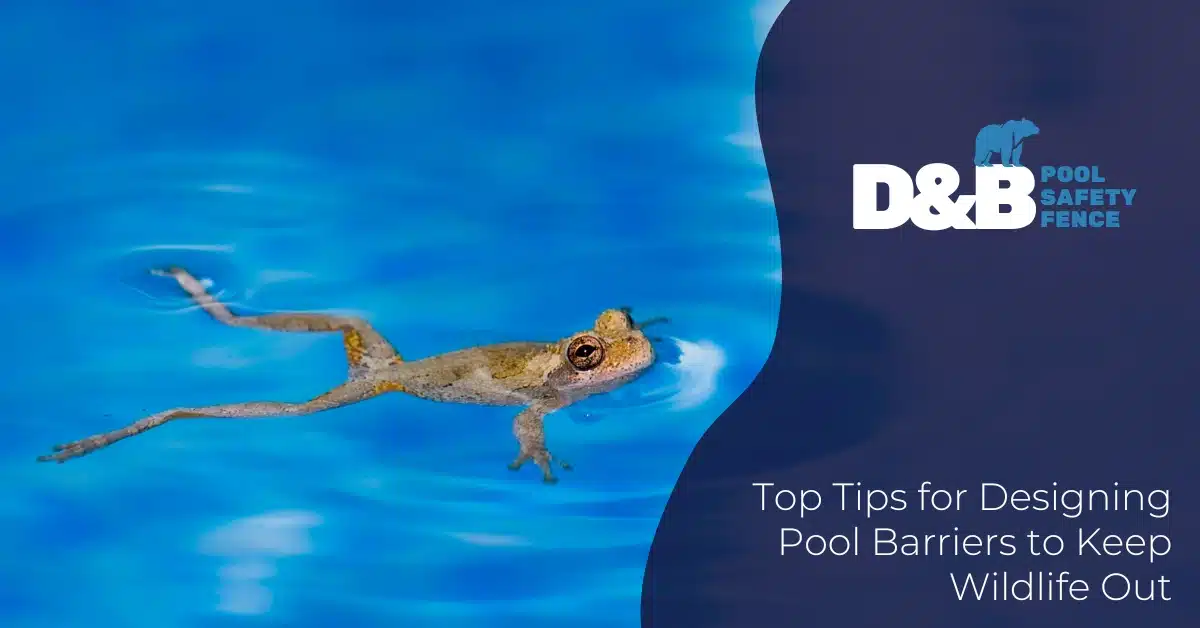Importance of Pool Safety
Pool safety for children is very important, especially during the summer when families love to spend time swimming. It only takes a few seconds for an accident to happen. As adults, we need to be very careful to keep our little ones safe. Teaching kids about being safe around the pool is really important to stop accidents from happening. We can make the pool a fun and safe place by doing things like installing fences, creating basic rules, and supervising children closely. This way, everyone can have a good time at the pool and we can feel calm knowing they’re safe.
The Role of Adult Supervision
The key importance of adult supervision cannot be stressed enough when it comes to ensuring the safety and well-being of children. Having grown-ups around is important for kids, whether they’re at home, school, or out having fun. Adults do a lot to keep kids safe and teach them important things about life. When adults take an active part in kids’ lives, they help them feel safe and show them how to deal with different situations. Adults also help kids talk and share their thoughts, build trust, and understand rules and limits. This helps kids learn to be independent but also to make smart and safe choices. It’s important to remember how big a role adults play in keeping kids safe and helping them grow up well.
Establishing Clear Communication by the Pool
This helps keep everyone safe and makes sure the time spent by the pool is fun. Good communication can stop accidents and help everyone know the pool rules. So, let’s look at some good ways to talk clearly when you’re at the pool.
Good communication is key to any successful relationship, both in personal and work life. It’s very important to make sure everyone understands each other and can share their thoughts and ideas . If communication isn’t clear, people might get the wrong idea, which can cause frustration and even arguments. To communicate well, you should listen, choose your words , and pay attention to body language. Good communication means not talking but also listening to what others have to say. Being empathetic and respecting different views can help break down barriers in communication. This leads to better understanding and growth. Since it’s easy to misunderstand each other, making an effort to communicate should be important for everyone. This way, conversations can be more meaningful and helpful.
When it comes to enjoying a day by the pool, clear communication is key. Whether you’re organizing a pool party with friends or relaxing with family, conveying your thoughts and needs is essential for a smooth and enjoyable experience. By establishing clear communication guidelines, everyone can have a fun-filled day without any confusion or misunderstandings. So, how can you ensure that communication flows by the pool? Let’s dive in and explore some tips and tricks that can help you make the most of your poolside gatherings.
Introducing Basic Water Safety Rules
While enjoying the water, whether it’s a pool, lake, or beach, it’s important to prioritize safety. By following a few basic water safety rules, you can ensure a fun and secure experience for yourself and your loved ones. The most important rule for ensuring safety around water is constant and attentive supervision of children. This means actively watching them at all times, not just being in the same area. Even if a child is a proficient swimmer, this does not eliminate the risk of accidents, which can occur suddenly and without warning. It’s important to avoid distractions like phone calls, texts, or engaging in lengthy conversations with others. If you need to leave, even for a short time, make sure another responsible adult takes over the supervision.
Being vigilant also involves staying within arm’s reach of younger children and non-swimmers. This close proximity allows for immediate action if they encounter difficulties in the water. Additionally, it’s beneficial to learn basic lifesaving skills, such as CPR and water rescue techniques. This way, you’re prepared to respond quickly in case of an emergency.
Furthermore, ensure that children understand basic water safety rules, like not running near the pool, not pushing others into the water, and not diving. Educating them about the dangers of water and the importance of following safety rules adds an extra layer of protection.
Remember, supervision is not just a passive activity; it requires active engagement and attention. By maintaining a watchful eye and being prepared to react promptly, you can significantly reduce the risks associated with water activities and ensure a safe environment for children.
Swimming Lessons
Learning how to swim and ensuring your children learn this crucial skill is another key aspect of water safety. Being able to swim increases the enjoyment and experiences one can have in the water while significantly decreasing the risk of drowning. Swimming is not just a recreational activity but a vital life skill that provides an important layer of safety for both children and adults.
Swimming lessons can start at a young age, with many programs available for toddlers and preschoolers. These early lessons focus on getting comfortable in the water, basic water safety skills, and foundational swimming techniques. As children grow, they can develop more advanced skills, including different swimming strokes, treading water, and safe diving practices.
The Age-Old “No Diving” Rule
Respecting the water and its surroundings is an essential part of water safety. This means being cautious and mindful about where and how you swim. One critical rule is never to dive into water when you’re unsure of its depth or what might be hidden beneath the surface. Even if a body of water looks deep, it could be deceptively shallow or have hidden dangers like rocks, debris, or strong undercurrents. Such hazards can lead to serious injuries, or worse.
Never Swim Alone
It’s also important to avoid swimming alone. Swimming with a buddy or in a group increases safety, as there’s someone to help in case of an emergency or if you get into trouble. Even experienced swimmers can encounter unexpected difficulties, so having someone nearby provides an additional safety net.
Always try to swim in designated areas known to be safe and ideally supervised by lifeguards. These areas are typically free from hazards like boat traffic or strong currents and are regularly checked for safety. Lifeguards are trained to spot and respond to emergencies, so swimming in their presence adds a layer of protection.
Following these basic water safety rules can ensure a more enjoyable and secure experience. Whether you’re at a pool, a beach, a lake, or any other water setting, respecting the water means acknowledging its power and taking the necessary precautions to stay safe. By doing so, you can enjoy the many pleasures and benefits of swimming and water activities while keeping yourself and your loved ones protected.
Pool Safety Measures
Pool Safety Fences
It is essential to have several layers of pool safety measures in place. Pool safety fences are a must-have; they should be at least four feet high and equipped with self-closing and self-latching gates to prevent unsupervised access by children. These fences act as a physical barrier and are one of the most effective ways to reduce the risk of accidental drownings. Floaties or pool covers can also add an extra layer of safety. Although, floaties and pool covers should never be relied upon as the sole safety measure.
Pool Alarms
Lastly, pool alarms are an excellent addition to a pool safety system. Install these alarms on the pool gate, the pool surface, or even as a wearable for a child. They alert adults immediately if the pool gate opens or for unexpected movement in the water. Together, these safety measures – fences, floaties, and alarms – provide a comprehensive approach to pool safety. These safety measures are particularly important during times when the pool is not actively being used.
Conclusion
In conclusion, prioritizing pool safety is paramount, especially when enjoying aquatic activities with toddlers and children, particularly during the summer. The importance of adult supervision cannot be overstated. Responsible adults play a pivotal role in creating a safe environment and teaching children essential life skills. Clear communication is fundamental to a positive pool experience, preventing accidents and ensuring everyone understands the pool rules. Introducing basic water safety rules, including vigilant supervision, swimming lessons, and respecting the “No Diving” rule, enhances the overall safety of water activities. Emphasizing the significance of never swimming alone and choosing designated, supervised areas adds an extra layer of protection.
By adhering to these basic water safety principles, individuals can enjoy the pleasures of swimming while safeguarding themselves and their loved ones. Remember, a combination of measures, such as safety fences, floaties, and alarms, creates a comprehensive approach to pool safety, particularly during periods of non-use, ensuring a secure and enjoyable environment for everyone involved.
To learn about keeping your furry family members safe near the pool, read our blog post on pool safety for pets.






